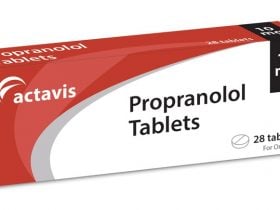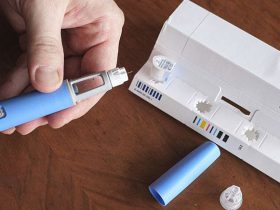Allergic Reactions

- Anaphylaxis: This happens when you have breathing difficulties. It is life-threatening. Some of its symptoms include trouble breathing, swelling of your throat or tongue, hives or difficulty swallowing.
- Angioedema: This happens when your skin, layers beneath your skin and your mucous membrane (in the mouth) swells.
- Stevens-Johnson syndrome is a rare and severe disease that affects the skin and mucous membranes (mouth and nose). Its initial stage is flu-like symptoms, then painful red ash and blisters occur later.
- Liver damage: you may experience symptoms like; yellowing of your skin and the whites of your eyes (jaundice) [5], stomach pain and swelling, swelling in your legs and ankles (edema), itchy skin, dark-colored urine, pale stool or tar-colored stool, constant sleepiness, nausea, vomiting, and bruising easily.
- Low blood cell or platelet counts: this allergic reaction is accompanied by infections, bruising or loss of clotting ability.
- Low sodium levels (hyponatremia) and inappropriate antidiuretic hormone secretion (SIADH). In SIADH: In this case, your body cannot remove excess water through urinating. As a result, the sodium levels become abnormally low, and the body cannot get rid of excess water through urinating. This leads to lower sodium levels in your blood (hyponatremia) [6], which is dangerous. Its symptoms include nausea and vomiting, headache, confusion, energy loss and fatigue, restlessness, irritability, muscle weakness, spasms, cramps, seizures, and coma.













